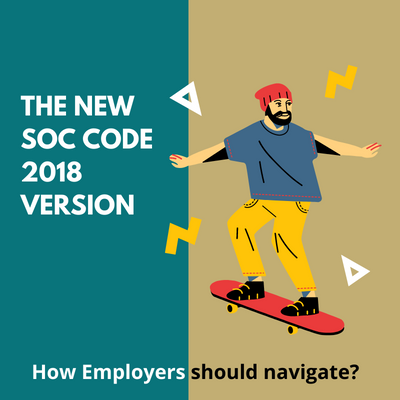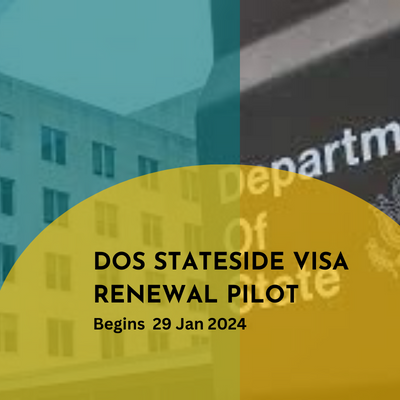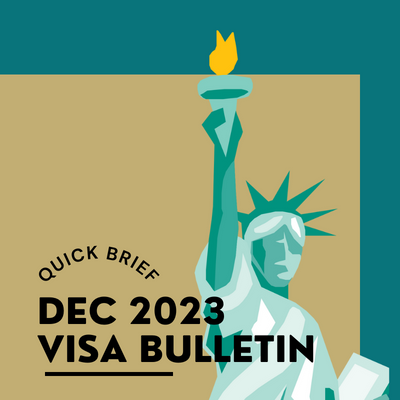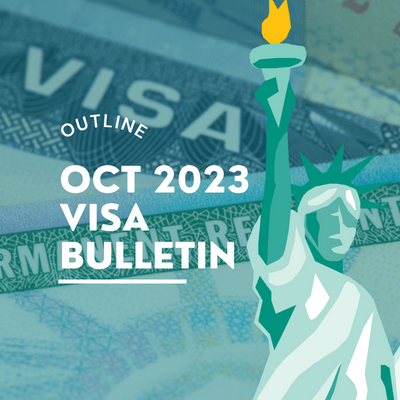Employers filing for visa applications under multiple employment categories might overlook SOC codes’ importance, and it is just a number describing the job duties and requirements. Many would not realize that selecting the correct code ensures perfect filing and reduces the chance of getting an RFE from USCIS.
What are SOC codes?
SOC is an abbreviation of Standard Occupation classification, a federal statistical standard used by federal agencies to classify workers into occupational categories. Codes have undergone multiple revisions, and the SOC 2018 one is the fifth. The last modification is called the 2010 version, and if we compare both the versions, one can see:
- There is a net gain of 27 additional detailed occupations in the 2018th version, keeping in line with the new job descriptions which evolved over the period.
- In the 2018th versions, some older codes merged to create new aggregated ones to remove confusion. The new code structure has 867 detailed occupations, aggregated under 459 “broad occupations” and divided further into 98 minor and 23 major groups.
What is the importance of the SOC code in visa applications?
The most notable use of SOC codes is to categorize non-immigrant and immigrant workers; the most common used case of these codes in immigration petitions are
- Permanent Employment Certification (PERM or Form ETA 9089, used to file most I-140).
- The Labor Condition Application (LCA necessary to file H1Bs and other employment-based visas).
- Form ETA 9142B for H2B workers
To assign the correct code to any employment-based petition, one must compare the proffered position’s job duties and requirements against the system. It is essential to know the valid code because
- The Department of Labor (the body responsible for issuing LCA and PERM) recommends checking the ONET (Occupational Information Network) website, which enlists all the codes and related information like tasks, skills, credentials, tools used, and other knowledge with the associated occupation.
- Another essential data point in most employment-based petitions is the salary, which has to match the prevailing minimum wage as defined by DOL. To understand that one needs to refer to the code and its prevailing wage published by the Foreign labor certification data center online wage library (FLC as abbreviated).
What are key things to keep in mind with this SOC 2018 version?
The first and foremost information that one needs to mind:
- Any Labor condition applications (LCAs) submitted before July 1, 2022, will be adjudicated based on the 2010 SOC codes. Any applications submitted after July 1, 2022, will be based on the new codes.
- For PERMs, the new prevailing wages issued after July 1, 2022, will be based on new codes, regardless of when the application is submitted.
The second important thing is the significant code changes brought in the 2018 version one need to be kept in mind while filing new employment-based petitions, especially the H1Bs and Green cards, to avoid RFEs. Some of the common changes are:
- With the new code, significant changes have been made in the job descriptions as well. So, one needs to keep this in mind while using a particular code. For example the Software Systems Analyst Position job duties have changed and the phrase “ develop and implement solutions to complex application problems” has been added, which makes this job more suitable for a H-1b as the more complex the duties the easier it is to justify that a Bachelor’s degree is required.
- The commonly used 15-1132 Software Developer, Applications will now be 15-1252 Software Developers. This code will also encompass 15-1133, Software Developer, Systems Software.
- The minor group code for “Computer Occupations” has changed from 15-1100 to 15-1200 to reflect the impact of changes in detailed occupations within the group.
- The new version also brings in some job titles to the front by giving them a different code embedded under a different one in the 2010 version. Job titles like “Software Quality Assurance Analyst and testers” and “Web and Digital interface designer” have independent codes now, bringing a lot of clarity.
- Some new job titles have been added in the latest version to suit the requirement of the current job market. A job title like “Data Scientist” has an independent code that was non-existent in the 2010th version.
What is the way forward?
The code changes seem beneficial from a long-term perspective. The new system is more detailed in terms of covering most existent occupations and adding new occupations.
We at “Law Offices of Prashanthi Reddy” are always there to help employer navigate their filing journey, and with this new code system, we know things can be a bit confusing initially, so for support, one can always write to us at prashanthi@reddyesq.com.






